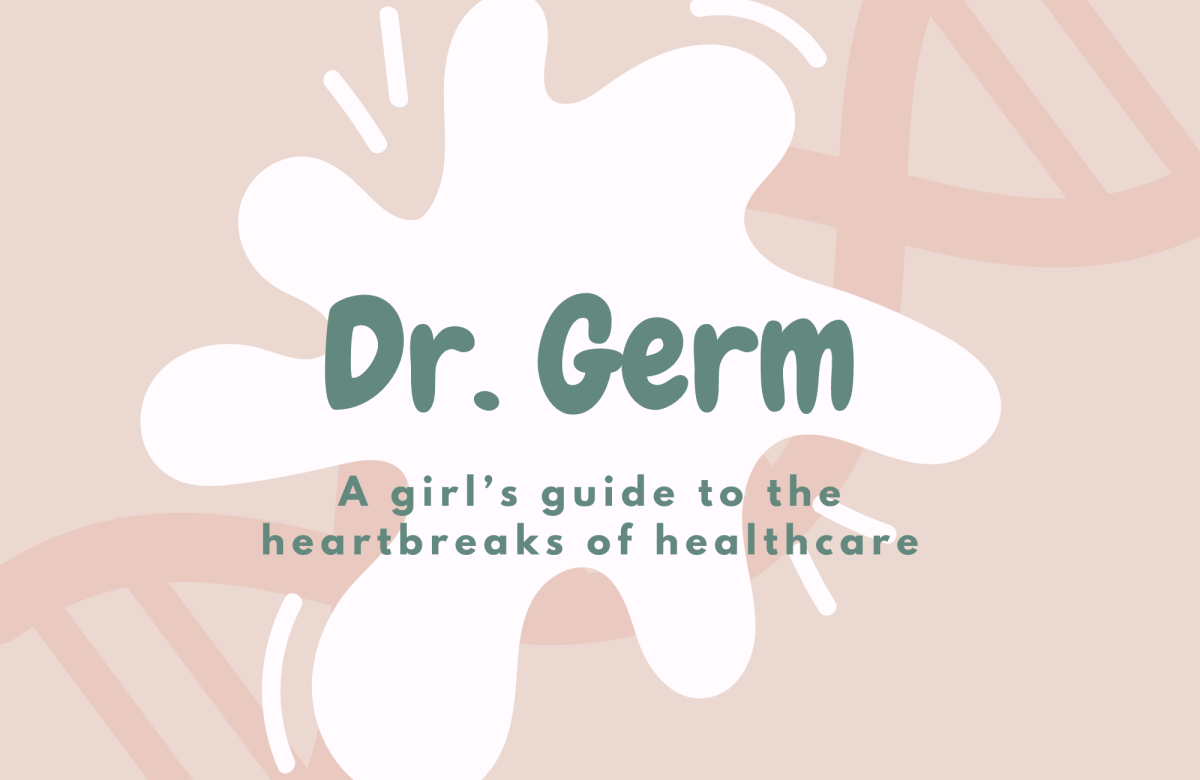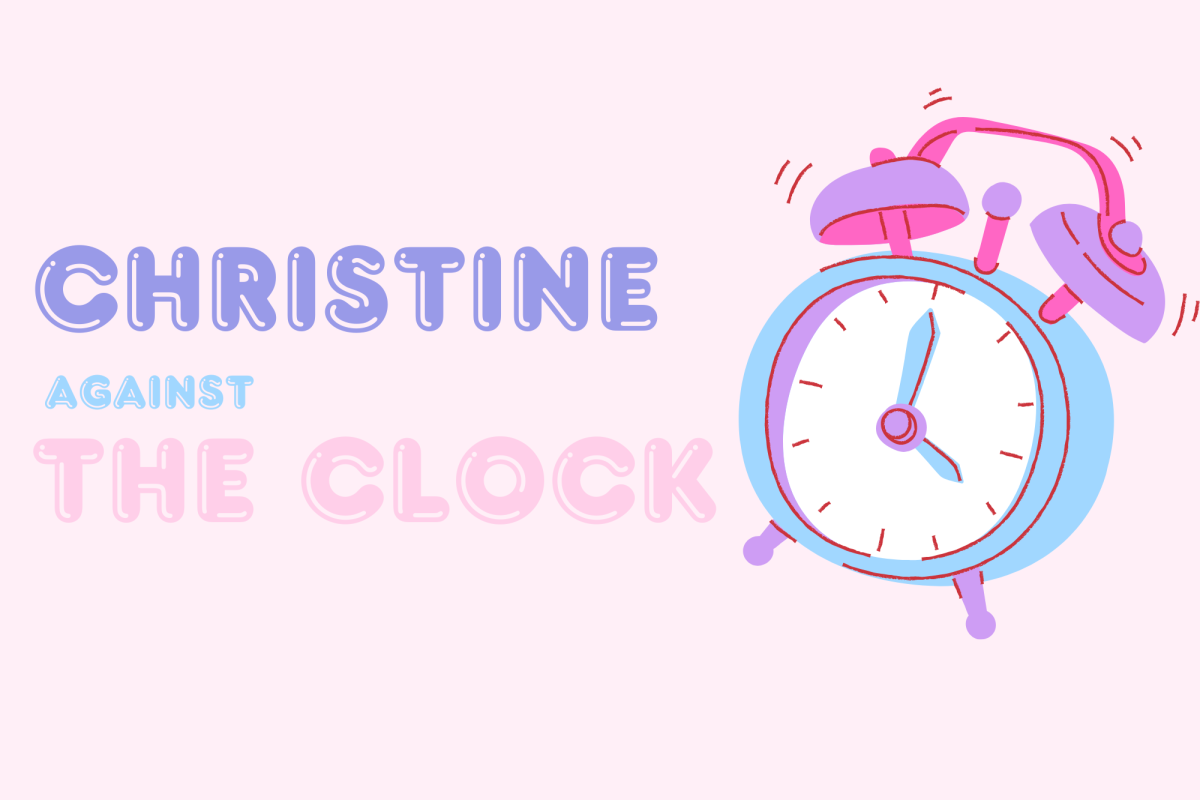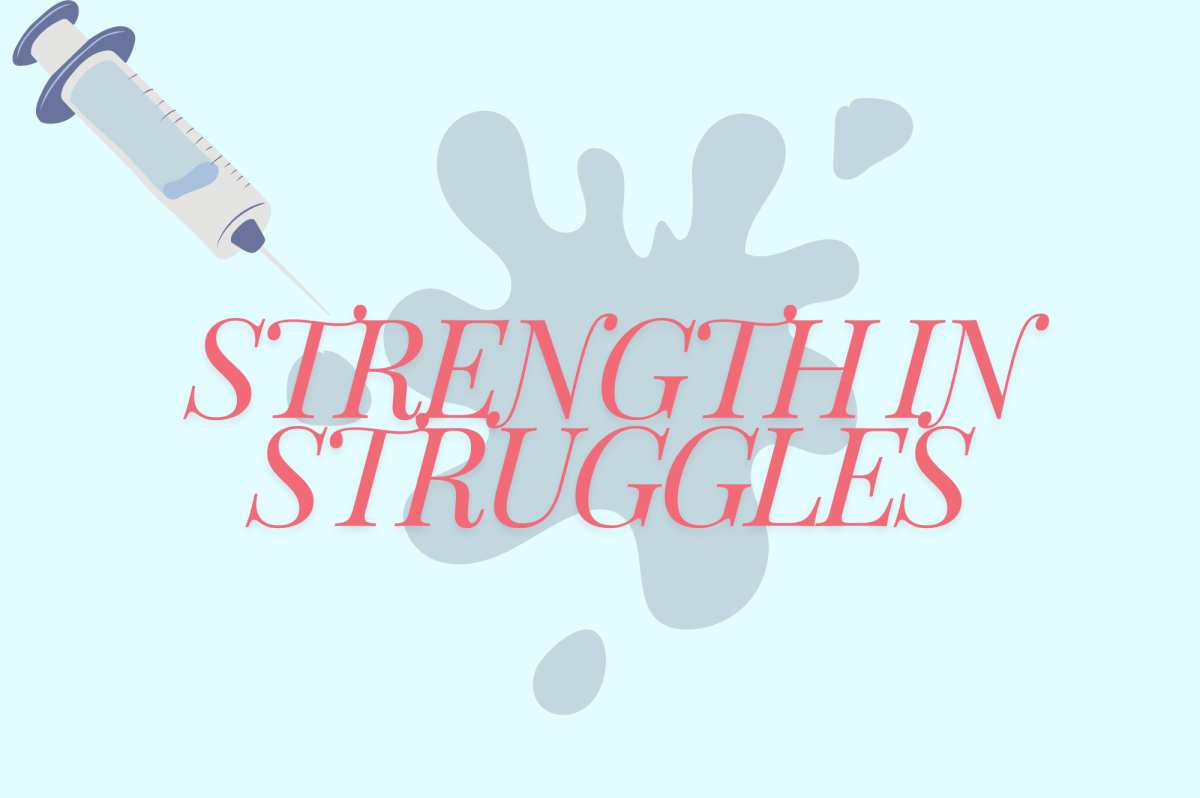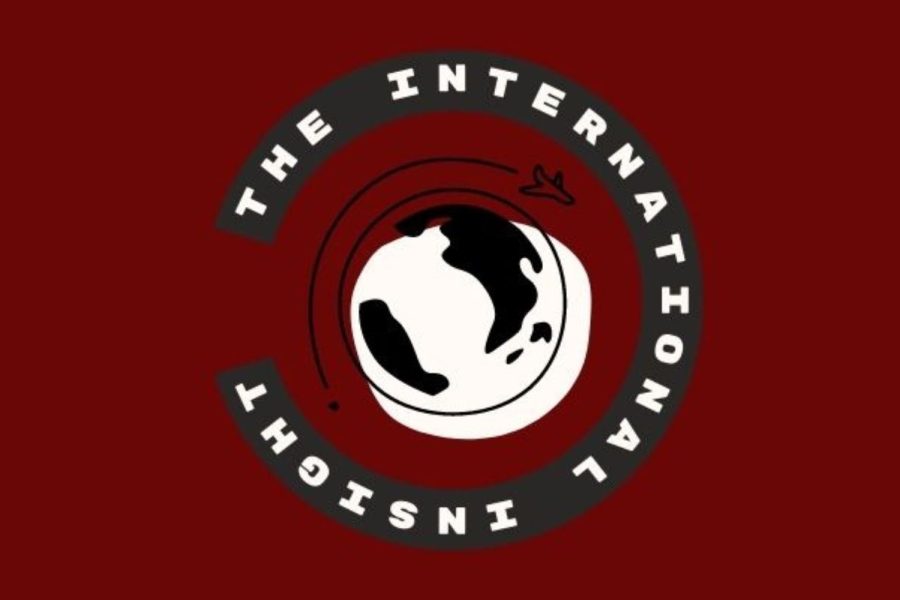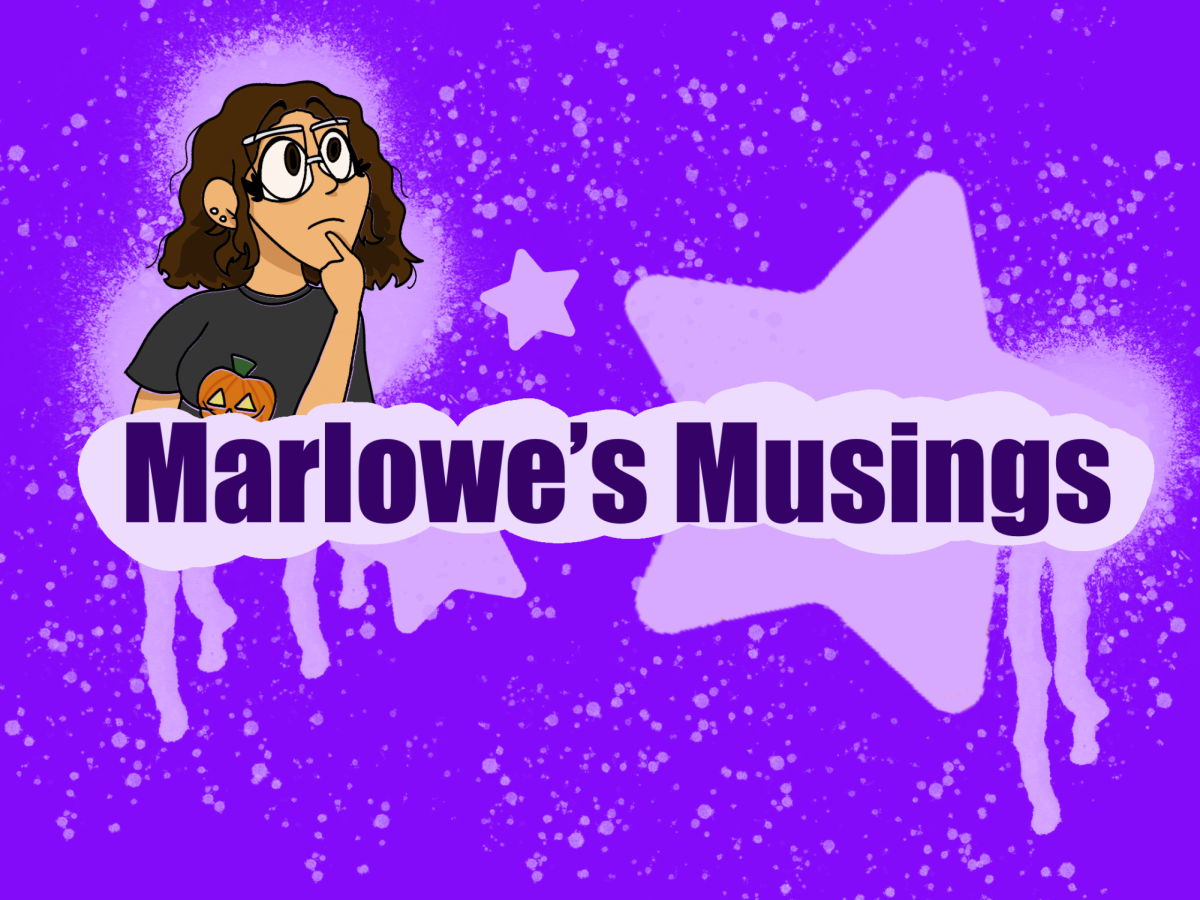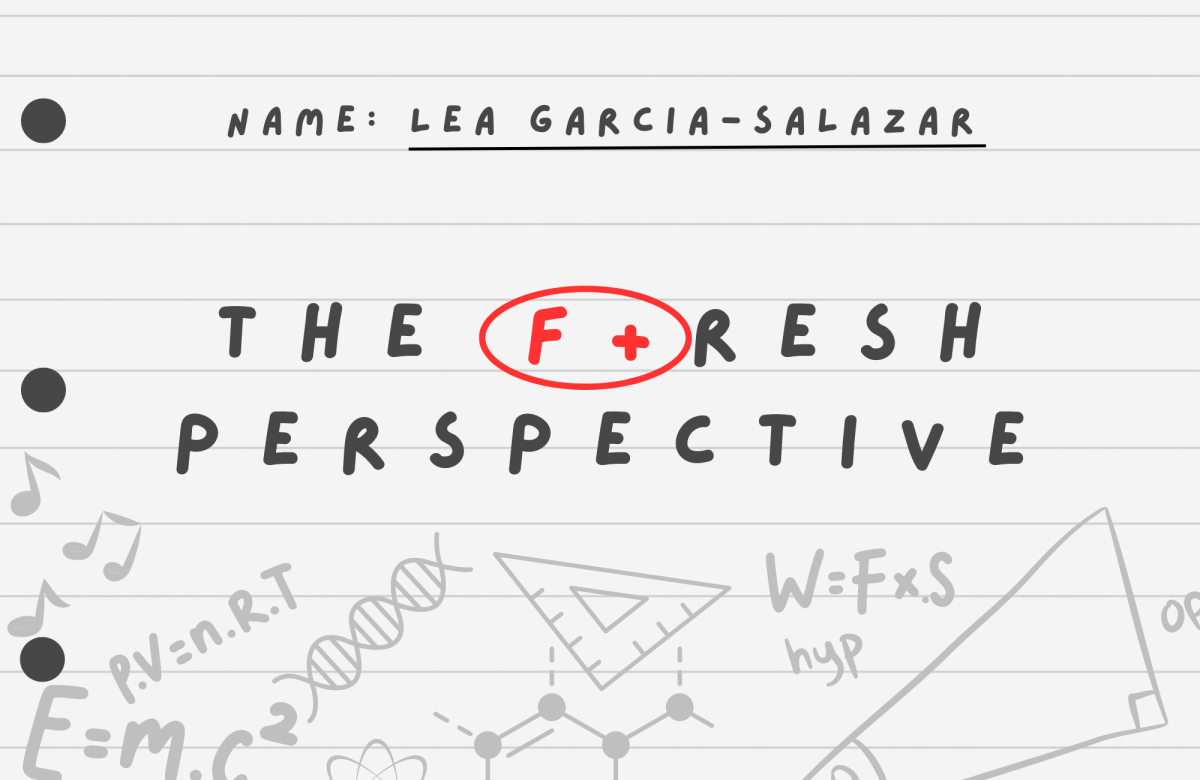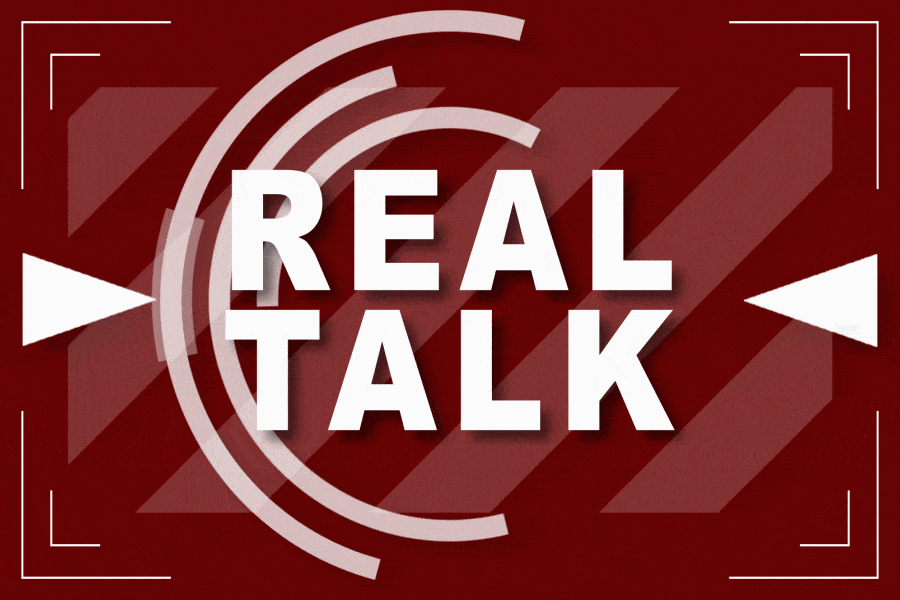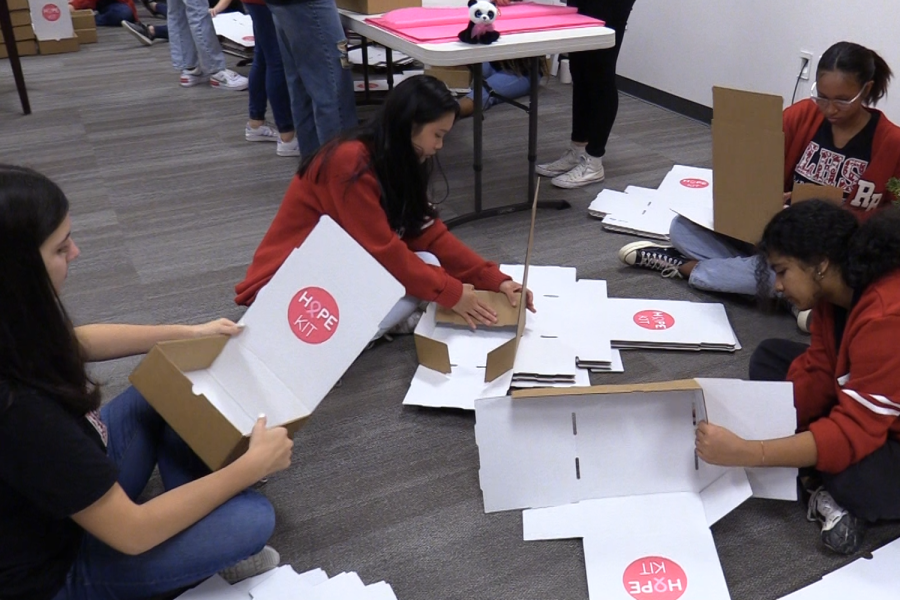Before starting the Health Science Clinical program, one of my top career choices was becoming a physician in emergency medicine. My interest in emergency medicine was because of the limited knowledge I knew about the fast-paced environments emergency medicine professionals work in and, admittedly, a small influence from the intriguing, but extremely rare, trauma cases depicted in Grey’s Anatomy.
Finally, last week, I had the opportunity to rotate in the emergency department of a Level 1 Trauma hospital which is the highest level of trauma care available and is equipped to handle life-threatening injuries. It was definitely the busiest rotation I’ve experienced as for all three in a half hour I’m at the hospital, I was constantly seeing patients which I was grateful for as it gave me many learning opportunities.
A lot of the cases followed a similar pattern: complaints of stomach pain, falls among the elderly, and joint injuries. As a result, I became accustomed to the systematic jobs of the nurses when they first receive a patient in the emergency department which include starting IVs, drawing blood, recording vitals, and escorting patients to tests ordered by the attending physician. I got to observe some interesting things as well such as watching a hip joint relocation.
However, amongst all the patients, I became aware of the challenges as a healthcare worker in emergency medicine. Several previous nurses I worked with had shared their experiences of healthcare worker burnout. I learned that burnout is particularly prevalent in emergency medicine, with rates reported to be 60% higher than in other medical fields. From my perspective, a lot of the stress seemed to be a result of the volume of patients and the pressure to provide immediate and effective care.
Another major challenge in emergency medicine I observed is documenting efficiently. One of the important roles of a healthcare worker is charting all their patient interactions and the types of treatments administered to them right after seeing the patient. However, it can be very time consuming especially in departments where there are many patients to care for and can take away time for seeing patients.
Even after seeing the realities of emergency medicine, I am still interested in the field. If anything, it gave me a more realistic idea of how a possible career in emergency medicine would look like and how I can contribute to the field.



